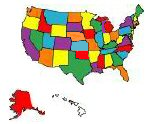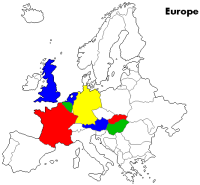Funck’s , , ,
Today was mostly a clean up day. When we left our gate in Texas we pretty much just threw a lot of stuff in some bins and hit the road. So now it was time to start going through the bins, keeping some stuff, and throwing the rest away.
We ended up with about 5 garbage bags to be thrown away. And we’ve still got more stuff to go through tomorrow.
About 5 pm we all headed over to Funck’s Family Restaurant over in Palmyra to have dinner. We found this place online, and it had all unanimously good reviews.
And the reviews were right.
This place was really, really good. Terry, Jan, and I started out with their Baked Tomato Soup Crock, tomato soup with croutons, topped with swiss, provolone, and parmesan cheeses, and then baked in a crock.
This was so good that I said when we come back (and we WILL come back) I’m having the Baked Tomato Soup as an appetizer and then another bowl as my meal. it’s that good.
Before we left for dinner, Nick had tantalized us with rumors of Miss Terry’s world-famous cinnamon rolls. And the rumors turned out to be true.
About 8pm we walked across the road to Nick and Terry’s to have some of this delicious treat. And we even got some to take home. Wow, these are good.
And we’ll have some for breakfast tomorrow.
Nice!
——————————————————————————————————————–
Thought for the Day:
"See, the problem is that God gives men a brain and a penis, and only enough blood to run one at a time." – Robin Williams.
——————————————————————————————————————–
To follow up on my recent train theme, here’s a repost of my 2009 visit to the Railroad Museum in Strasburg, where we visited yesterday.
More trains . . .
Originally posted on July 14, 2009
The indoor part of the Railroad Museum resembles a large railroad station, with multiple tracks full of trains.
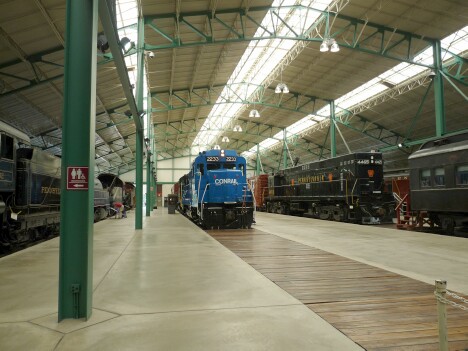
sdfssd
This is the John Bull. It’s a replica of the first locomotive to run on a railroad in America.
In 1831 the first railroad was built between Philadelphia and New York and the John Bull was the engine. It’s hard to think now of how this revolutionized travel in the US.
It cut the travel time from Philadelphia to New York from 2 days by coach to 5 HOURS!. It’s hard to do that by car now.
I saw this same locomotive last week in the Smithsonian, but wasn’t able to get close enough to read the display due to the crowds. I was surprised to learn here that the one I had seen in the Smithsonian was the REAL John Bull, from 1831.
It ran a regular route until 1866, then traveled around the US on exhibitions until it was donated to the Smithsonian in 1884.
This beautiful example of a 2-6-0 Mogul locomotive carried silver ore on the Virginian & Truckee railroad in Nevada from 1875 to 1944.
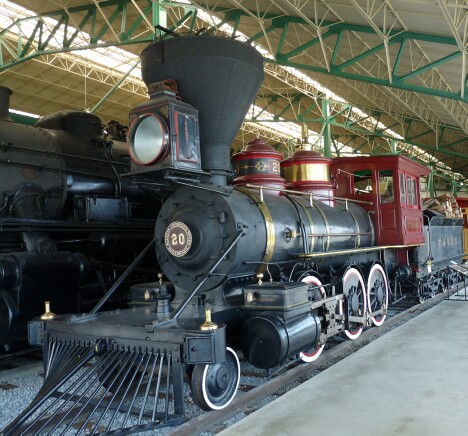
sdfssd
The ’2-6-0′ type of nomenclature describes the layout of a locomotive’s wheels, and only applies to steam type locomotives.
The Mogul above has 2 small wheels up front, 6 drive wheels in the middle, and no small wheels in the rear. Thus, it is a 2-6-0.
This locomotive #7002, dates from 1902 and was the first one in regular service to exceed 100 mph.
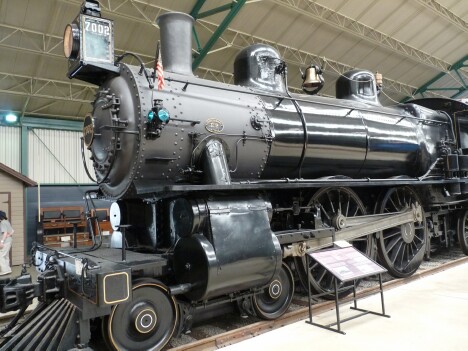
sdfssd
Note that this one is a 4-4-2, although you can just barely see the 2 wheels under the tender at the far right of the photo.
Arguably the largest locomotive ever built was the ‘Big Boy’ built for the Union Pacific to pull large coal trains up and down the Rockies out West.

sdfssd
Note that this one is a 4-8-8-4. That’s a lot of wheels.
Below is a type of locomotive I’d never heard of.
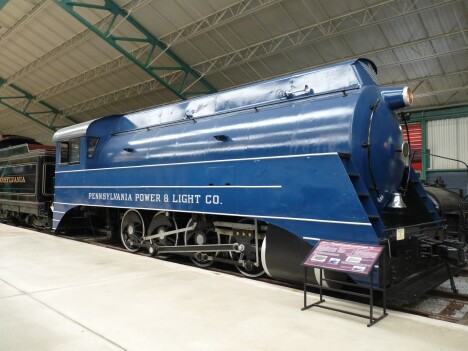
sdfssd
This one is unusual in that it doesn’t have a boiler or generate its own steam. It’s basically just a big thermos bottle. It’s filled up with live steam from a stationary boiler and then operated, usually in the rail yard, until it needed to be refilled.
Outside was even better.
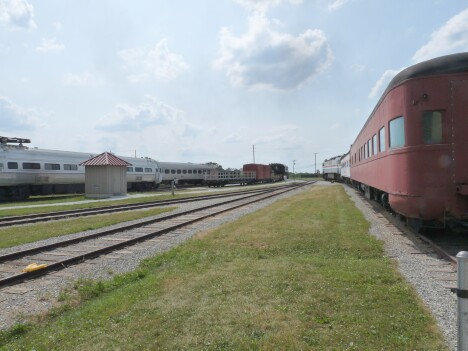
sdfssd
It was a rail yard full of more trains. And it has a real operating roundtable, used to move locomotives in and out of the yard.
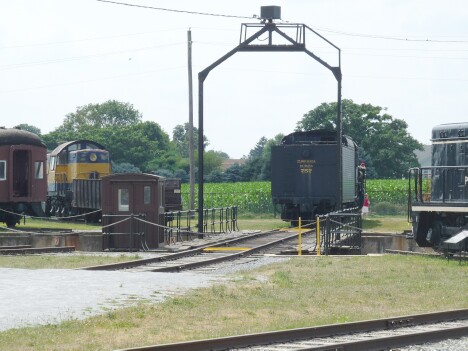
sdfssd
Even more locomotives…
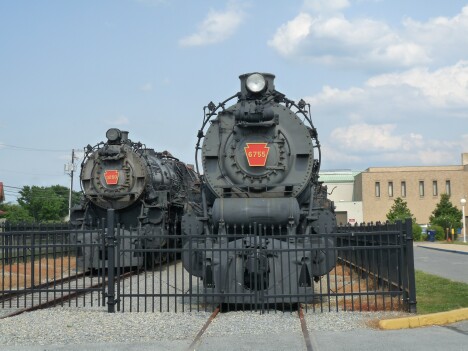
sdfssd
And a rail crane used to lift derailed engines and cars back on the track.
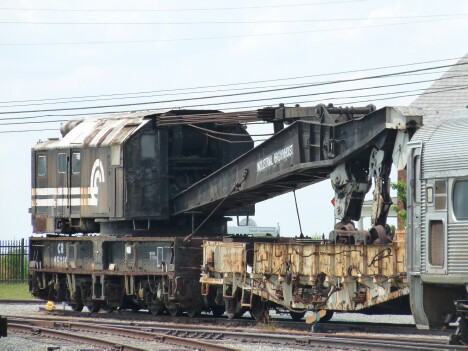
sdfssd
I’ve always been fascinated by the big steam engines and this was a great chance to see them up close.
sdfssd





